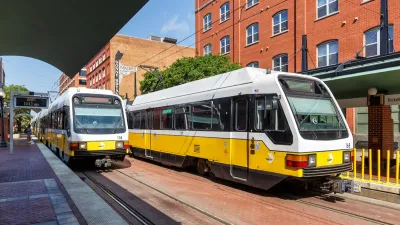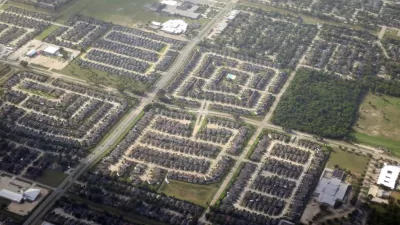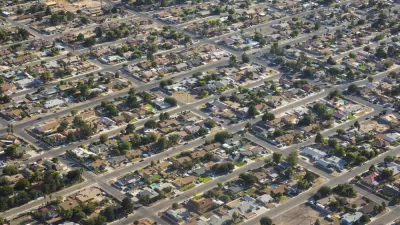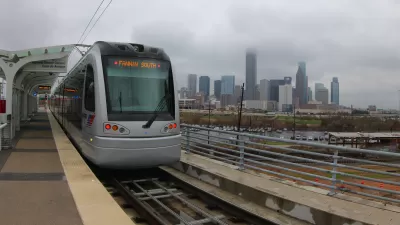In an interview, architect Renzo Piano says European suburbs are not desolate. He argues they shouldn't be treated as such in the quest for cohesive cities.

Sylvia Poggioli shares a radio interview with architect Renzo Piano, who aims to reinvigorate city outskirts in his native Italy. "Whatever he calls them, Piano believes 'the suburbs are the place where energy is in the city — in the good, in the bad. When you say Milan or Rome or Paris or London, you mean that 10 percent of people [living] in the real center. But the 90 percent live in the outskirts.'"
It is often observed that European cities resemble American cities in reverse: rich inner city and poorer suburbs. But Piano's quest for social cohesion applies on both sides of the Atlantic. "Either, Piano says, 'We are able to transform the peripheries of the big cities [into a] real urban place, where people stay together, where tolerance is found, where people share value in the same place[s] — library, concert hall, museum, whatever; or the city will be broken in two pieces: the rich part in the center — that will be about conservation — and the poor part in the outskirts — that is about protest. It's inevitable.'"
Piano echoes fellow urbanists in his criticism of sprawl. "And it's crucial, Piano says, that Italians not build any more peripheries, because stretching services and public transportation further outward is unsustainable. He says peripheries must be developed not by expansion, but by implosion; by transforming what's already available — what's known as brownfields."
FULL STORY: Architect Renzo Piano: The Future Of Europe's Cities Is In The Suburbs

Study: Maui’s Plan to Convert Vacation Rentals to Long-Term Housing Could Cause Nearly $1 Billion Economic Loss
The plan would reduce visitor accommodation by 25,% resulting in 1,900 jobs lost.

Alabama: Trump Terminates Settlements for Black Communities Harmed By Raw Sewage
Trump deemed the landmark civil rights agreement “illegal DEI and environmental justice policy.”

North Texas Transit Leaders Tout Benefits of TOD for Growing Region
At a summit focused on transit-oriented development, policymakers discussed how North Texas’ expanded light rail system can serve as a tool for economic growth.

Paris Bike Boom Leads to Steep Drop in Air Pollution
The French city’s air quality has improved dramatically in the past 20 years, coinciding with a growth in cycling.

Why Housing Costs More to Build in California Than in Texas
Hard costs like labor and materials combined with ‘soft’ costs such as permitting make building in the San Francisco Bay Area almost three times as costly as in Texas cities.

San Diego County Sees a Rise in Urban Coyotes
San Diego County experiences a rise in urban coyotes, as sightings become prevalent throughout its urban neighbourhoods and surrounding areas.
Urban Design for Planners 1: Software Tools
This six-course series explores essential urban design concepts using open source software and equips planners with the tools they need to participate fully in the urban design process.
Planning for Universal Design
Learn the tools for implementing Universal Design in planning regulations.
Smith Gee Studio
Alamo Area Metropolitan Planning Organization
City of Santa Clarita
Institute for Housing and Urban Development Studies (IHS)
City of Grandview
Harvard GSD Executive Education
Toledo-Lucas County Plan Commissions
Salt Lake City
NYU Wagner Graduate School of Public Service





























